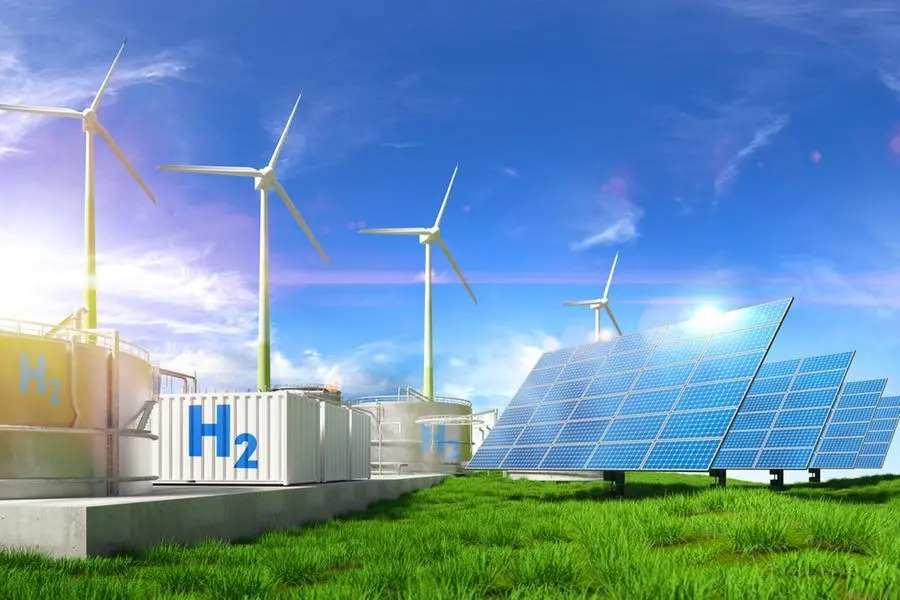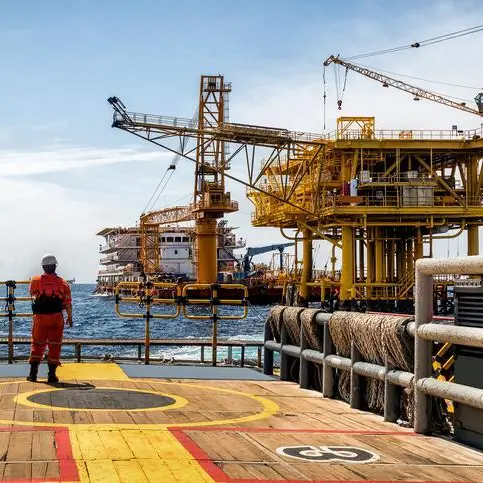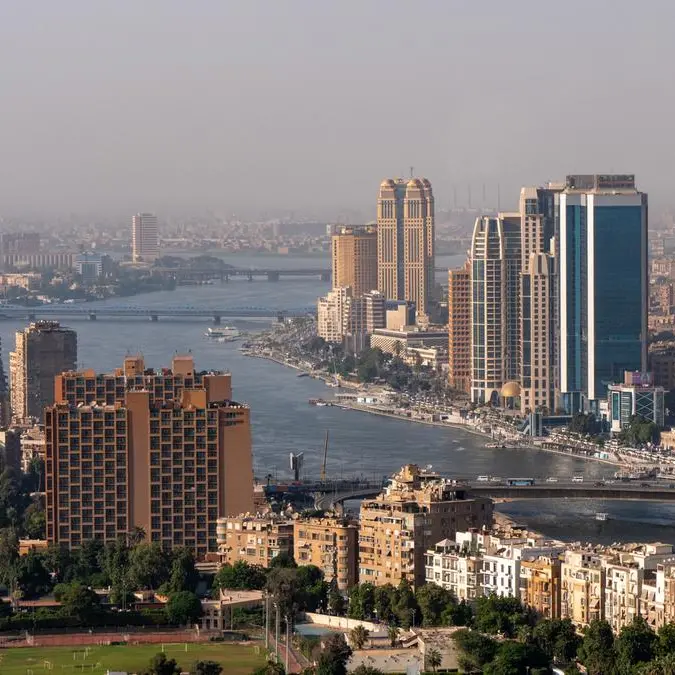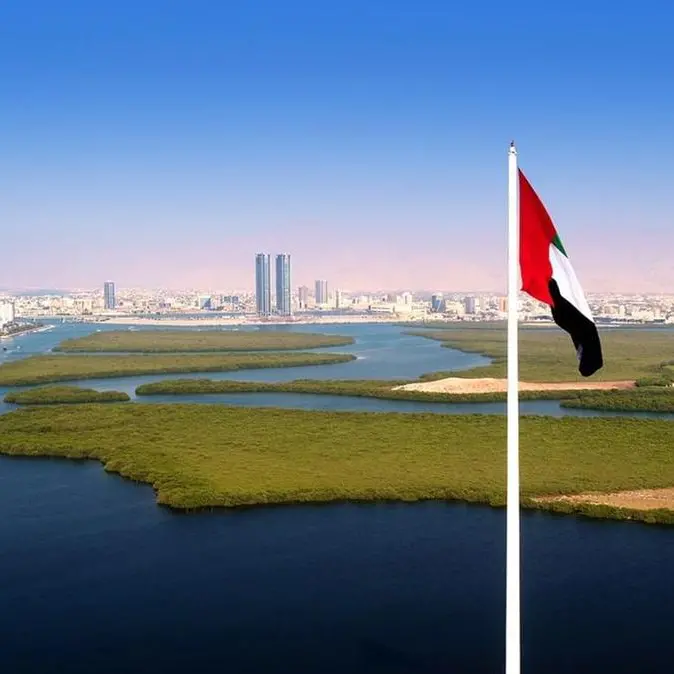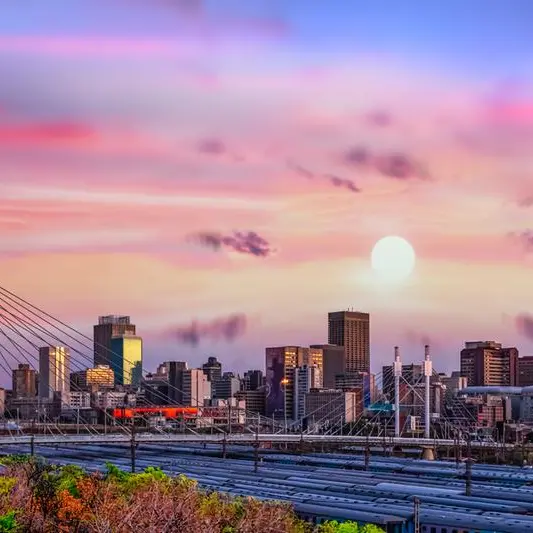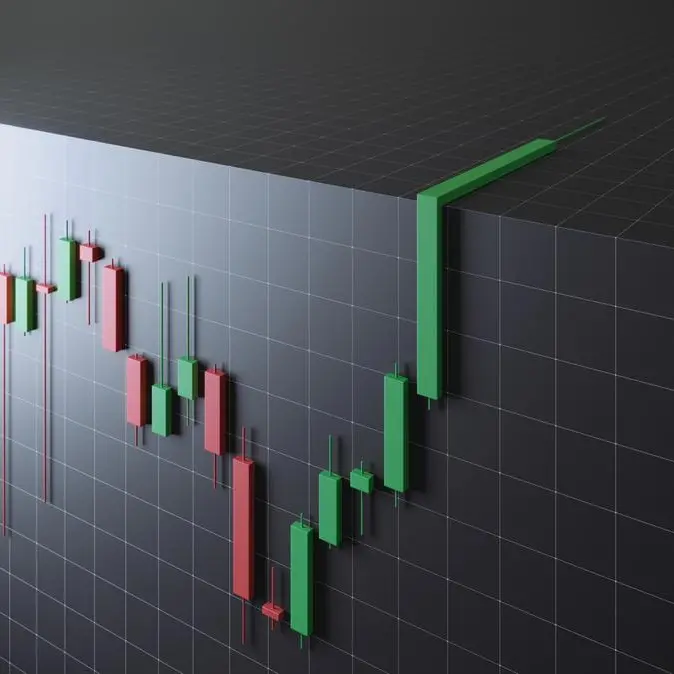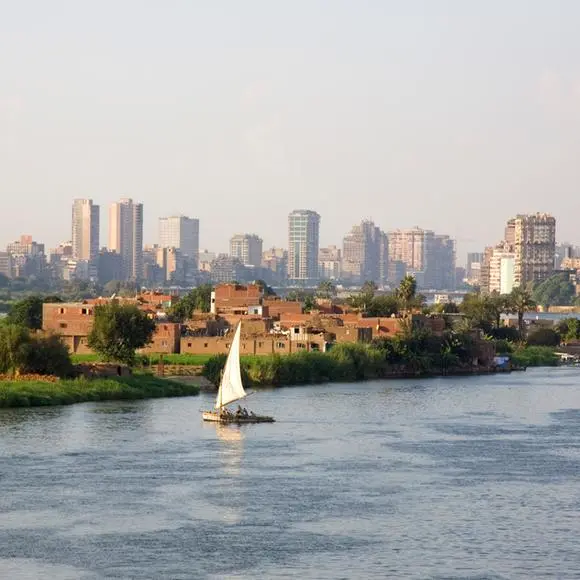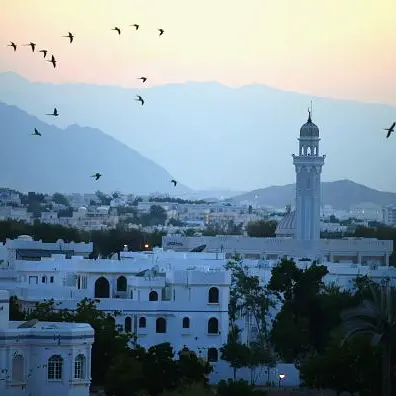PHOTO
MUSCAT: Three land blocks offered up by the Omani government for green hydrogen investment, under Round 2 of its auction scheme, have garnered “strong” interest from international clean energy investors, according to Eng Salim Nasser al Aufi, Minister of Energy and Minerals.
Speaking at the Oman-France Clean Energy Forum, hosted recently by the Oman-French Association (OFA), Al Aufi said that bidding interest in the round, which concluded on January 28, broadly matched that of the inaugural auction round overseen by Hydrom, the hydrogen industry orchestrator, last year.
“We saw a repeat of the same (interest) in the second round – it was just as strong as the first one,” the Minister said. “Although we thought interest would slow down a bit, it didn’t – it was still going strong (till the end). We are promising to conclude that second round by the end of March.”
All three land blocks on offer are located in Dhofar Governorate. The award of one or more of these blocks, likely by the end of Q2 2024, will help Oman clinch its target of achieving an annual production capacity of 1 million tons of green hydrogen starting from 2030.
Round 1, which eventually led to the award of the first two land blocks in Al Wusta Governorate, drew over 160 expressions of interest from around the world. Around 60 of them went through a stringent qualification process that yielded a “small set of serious and incredible consortiums that finally competed for the best two land blocks” on offer.
Al Aufi said the focus of the Ministry, as well as Hydrom, has now shifted to smoothing the way for the delivery of the six green hydrogen projects (including four legacy-based initiatives) now being prepped for implementation.
This necessitates a concerted, proactive approach to anticipating and tackling challenges likely to materialize, for example, along the supply chain, in logistics and transportation, and product offtake, among other fronts, he said.
In particular, the race to achieve the 1 million tons per annum green hydrogen capacity by 2030 will place immense pressure on Oman’s ports, roads and other infrastructure as vast amounts of equipment – solar panels, wind turbines, electrolyzer systems, and so on – are procured and delivered to sites in Al Wusta and Dhofar governorates, he warned.
This would require the ports to be suitably geared, new roads to be built to sites, worker accommodations to be prepared for the massive workforces required during the construction phases, cement and cabling ingredients to be stockpiled, and so on.
For its part, the Omani government, represented by Hydrom has committed to overseeing the delivery of the common infrastructure, which is a critical component of the emerging sector, he said.
This commitment should provide comfort to the investors that vital support infrastructure in the form of hydrogen pipelines, water desalination systems and pipelines, grid infrastructure, and even storage, will be put in place as part of Hydrom’s overall mandate.
These commitments, alongside ongoing efforts by all stakeholders to address challenges related to market offtake, financing, transportation, and so on, are also key to enabling investors to take their Final Investment Decision (FIDs) by the 2026-2027 timeframe in order for the projects to be operational by 2030, he added.
2022 © All right reserved for Oman Establishment for Press, Publication and Advertising (OEPPA) Provided by SyndiGate Media Inc. (Syndigate.info).
